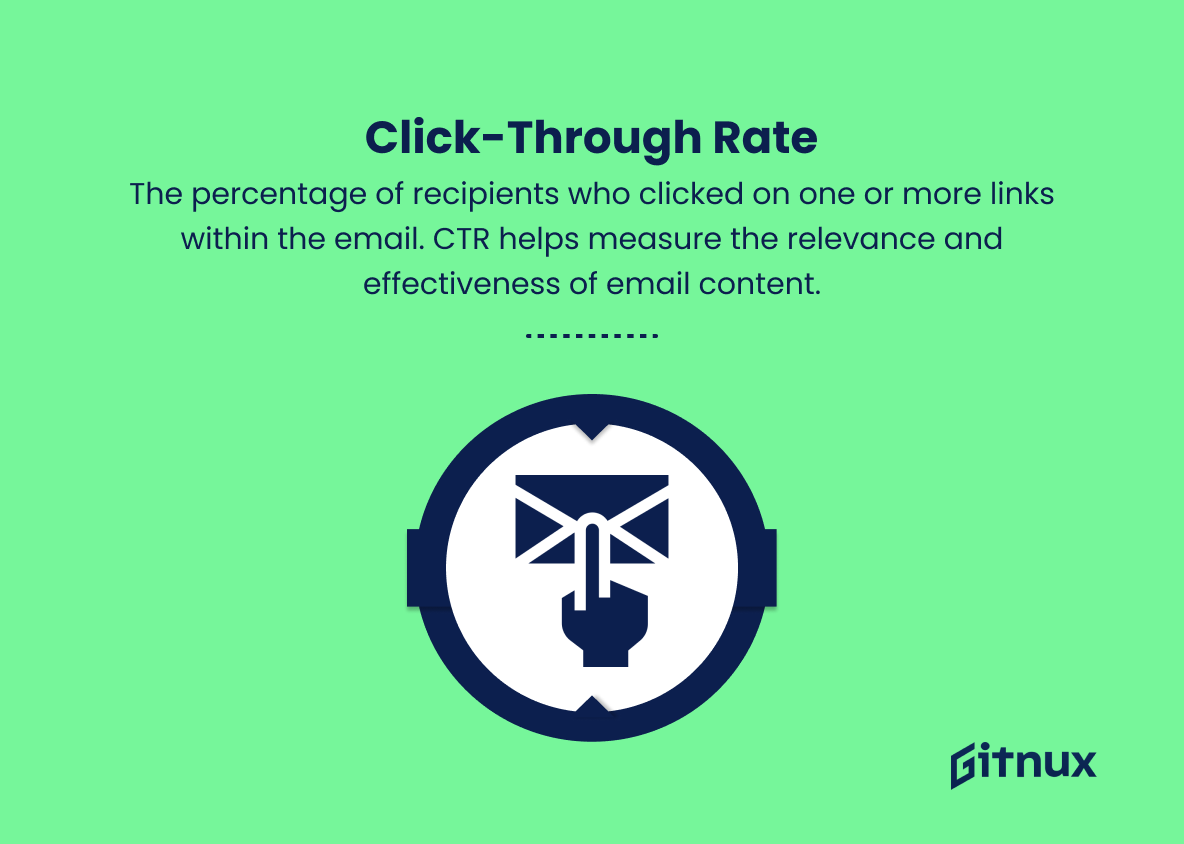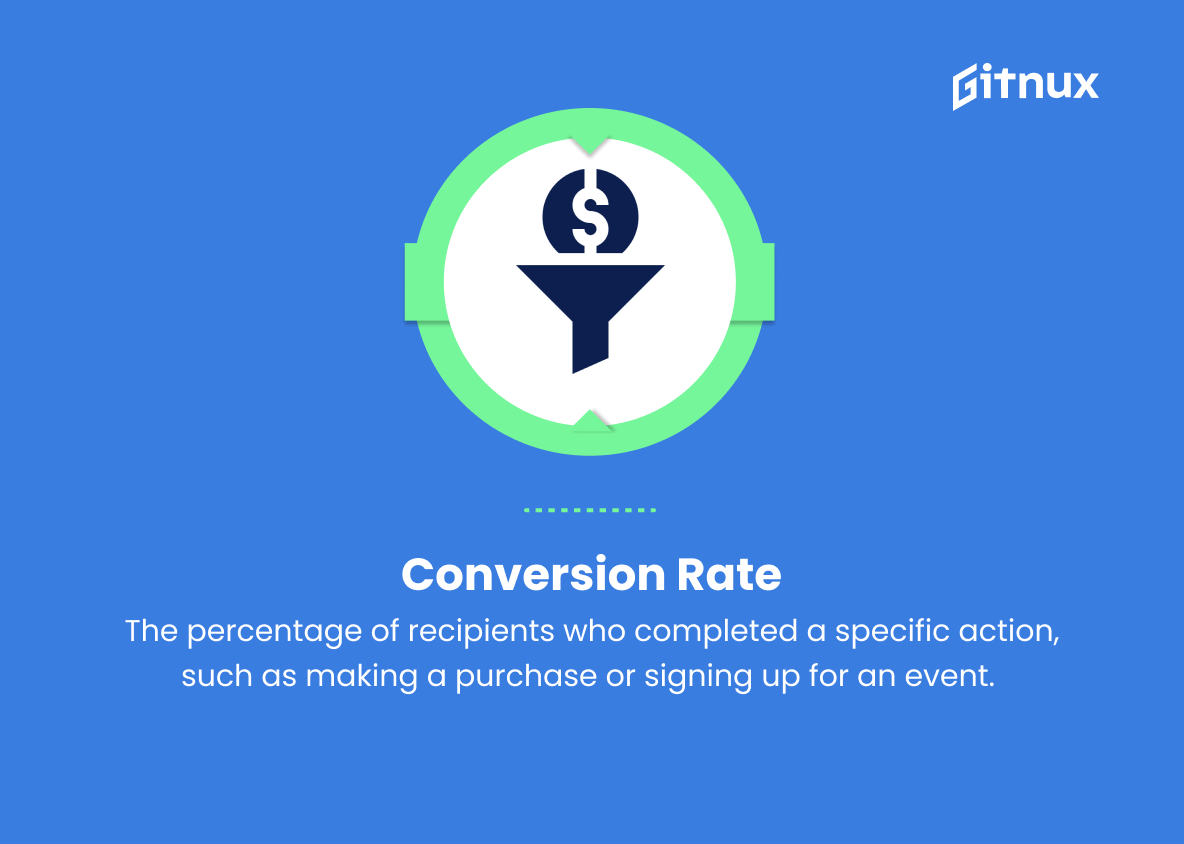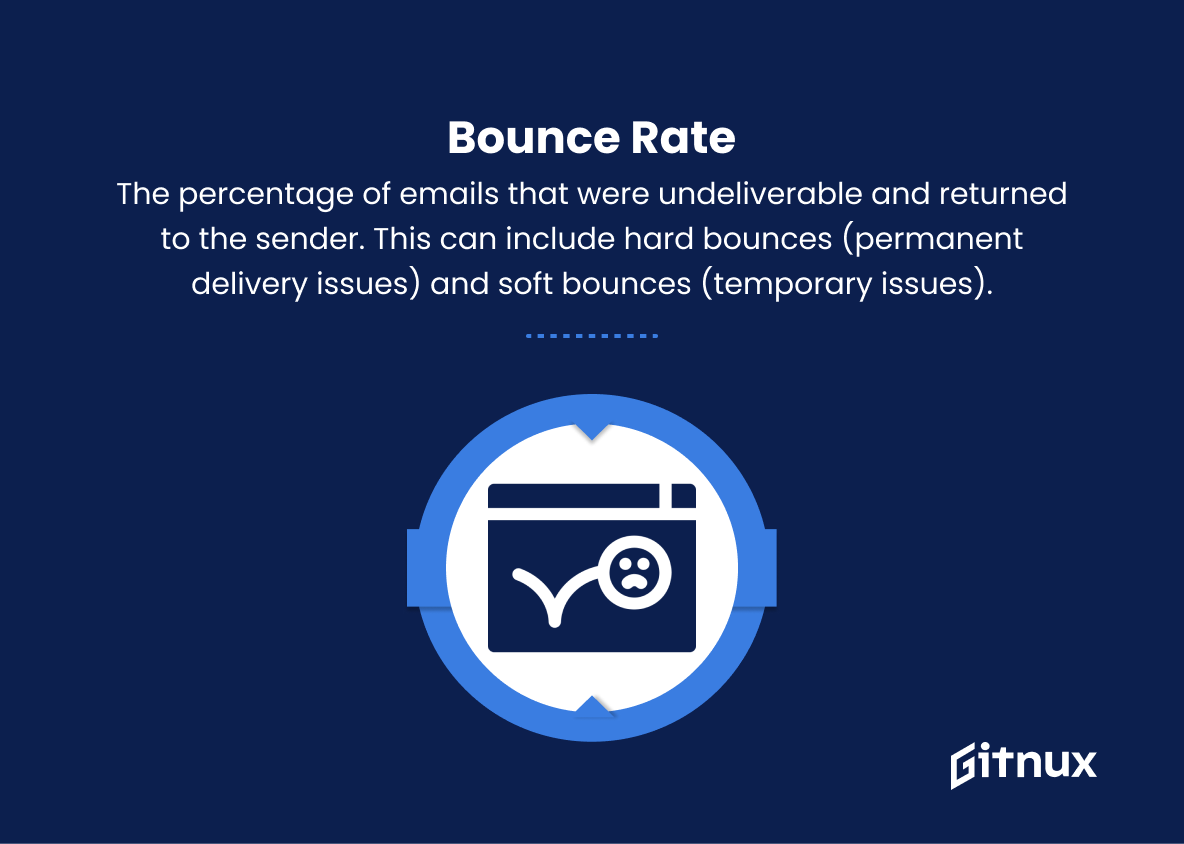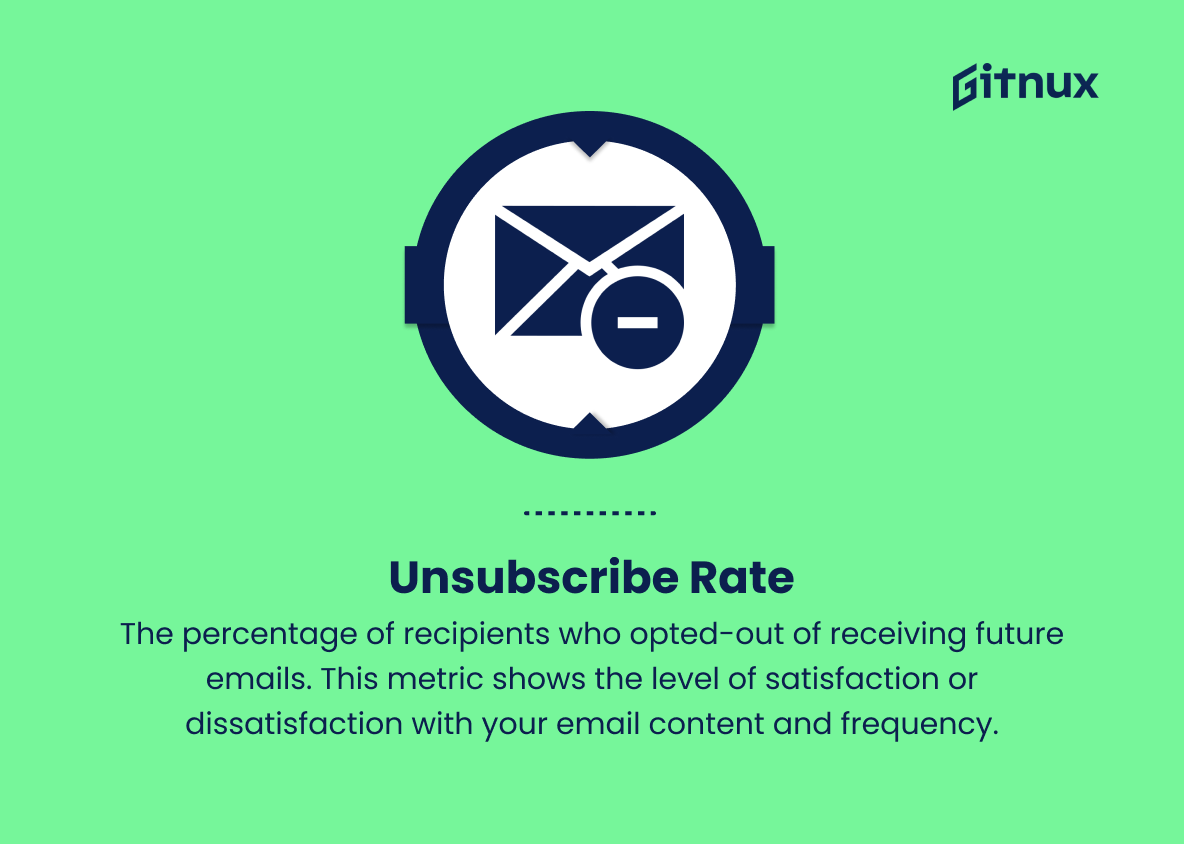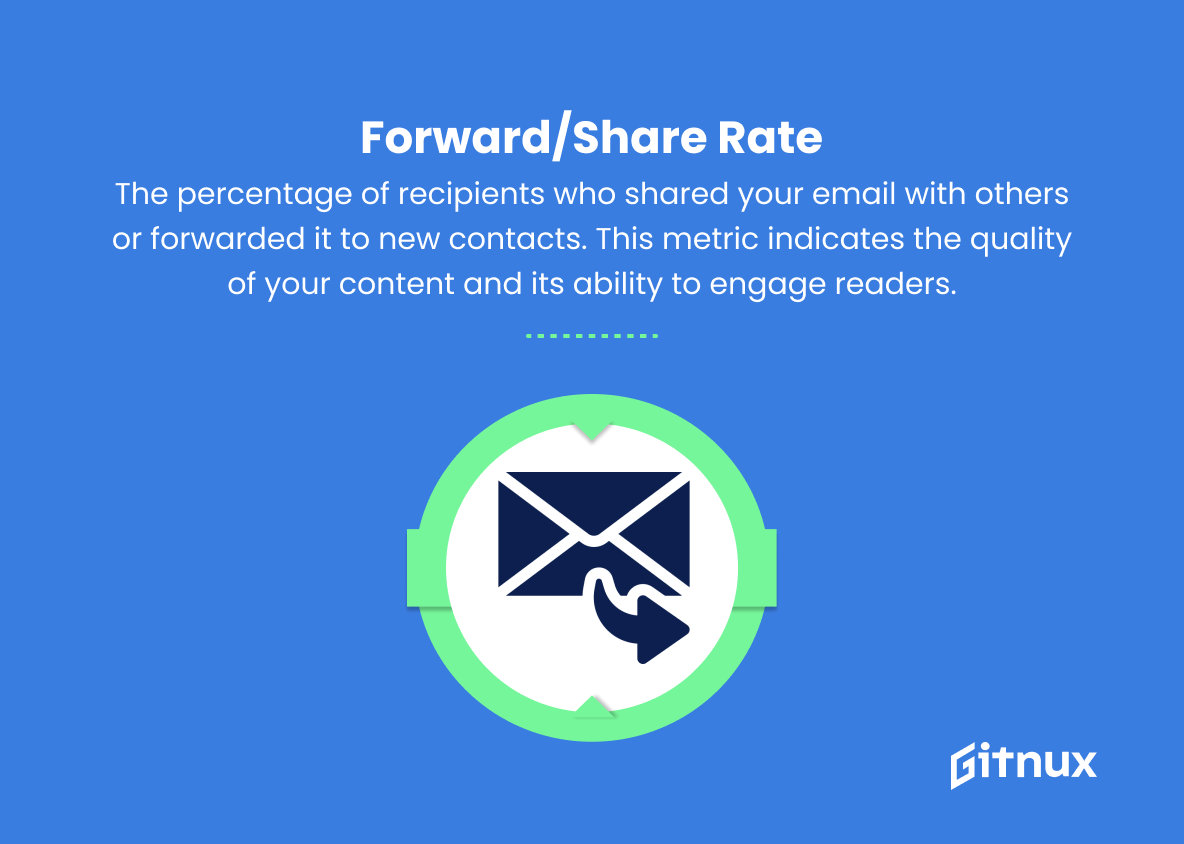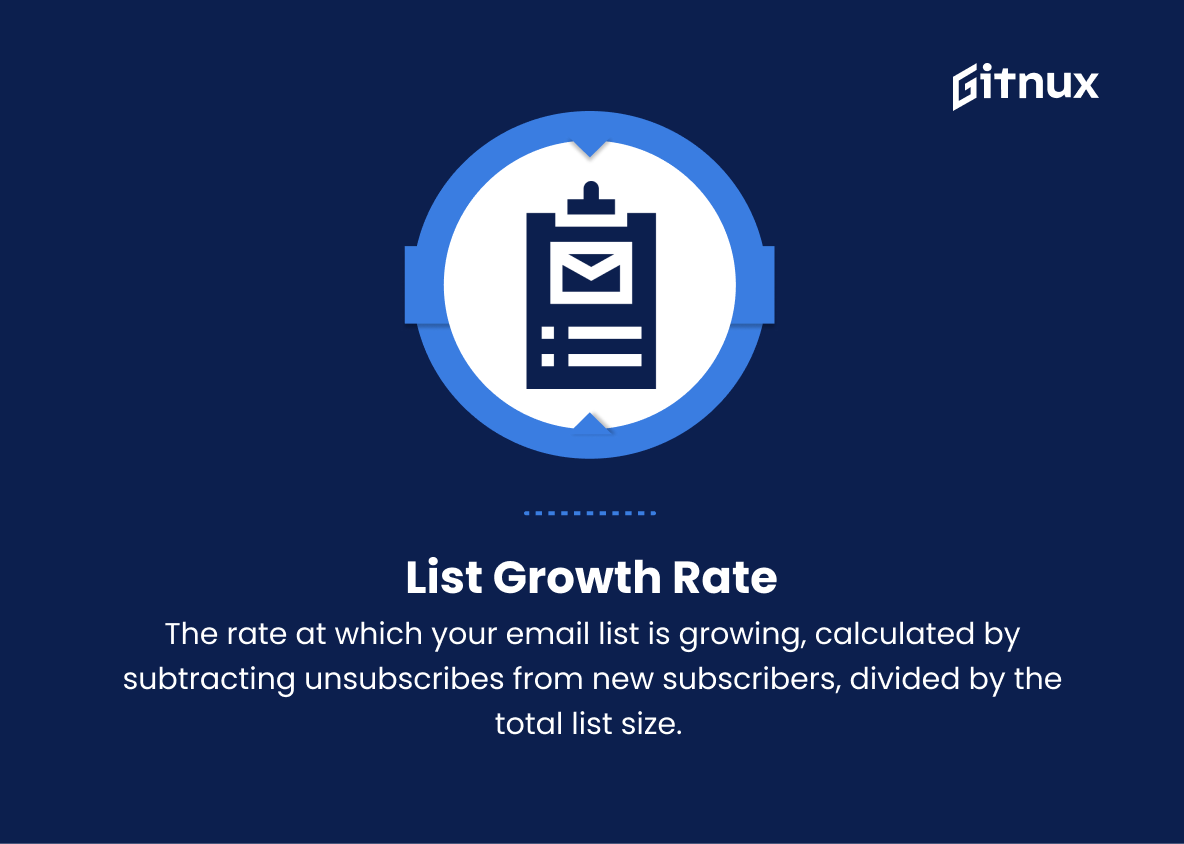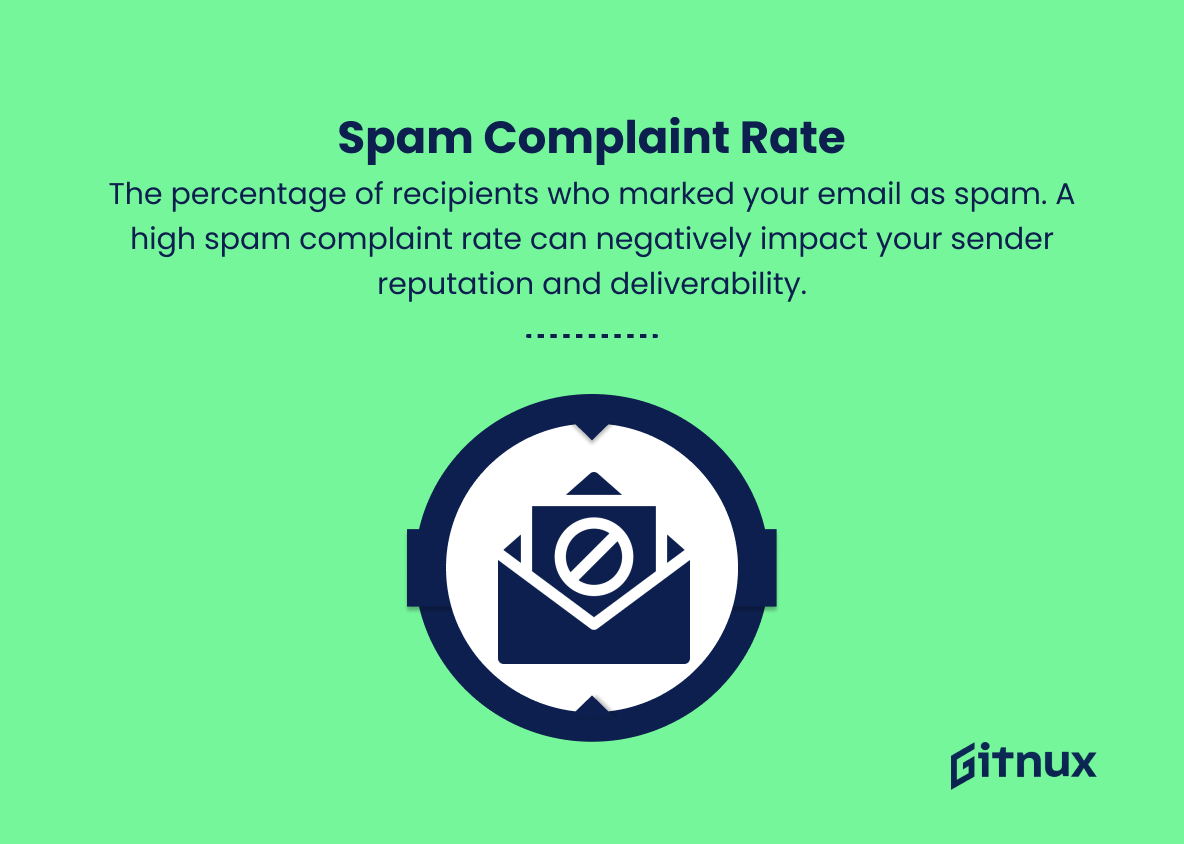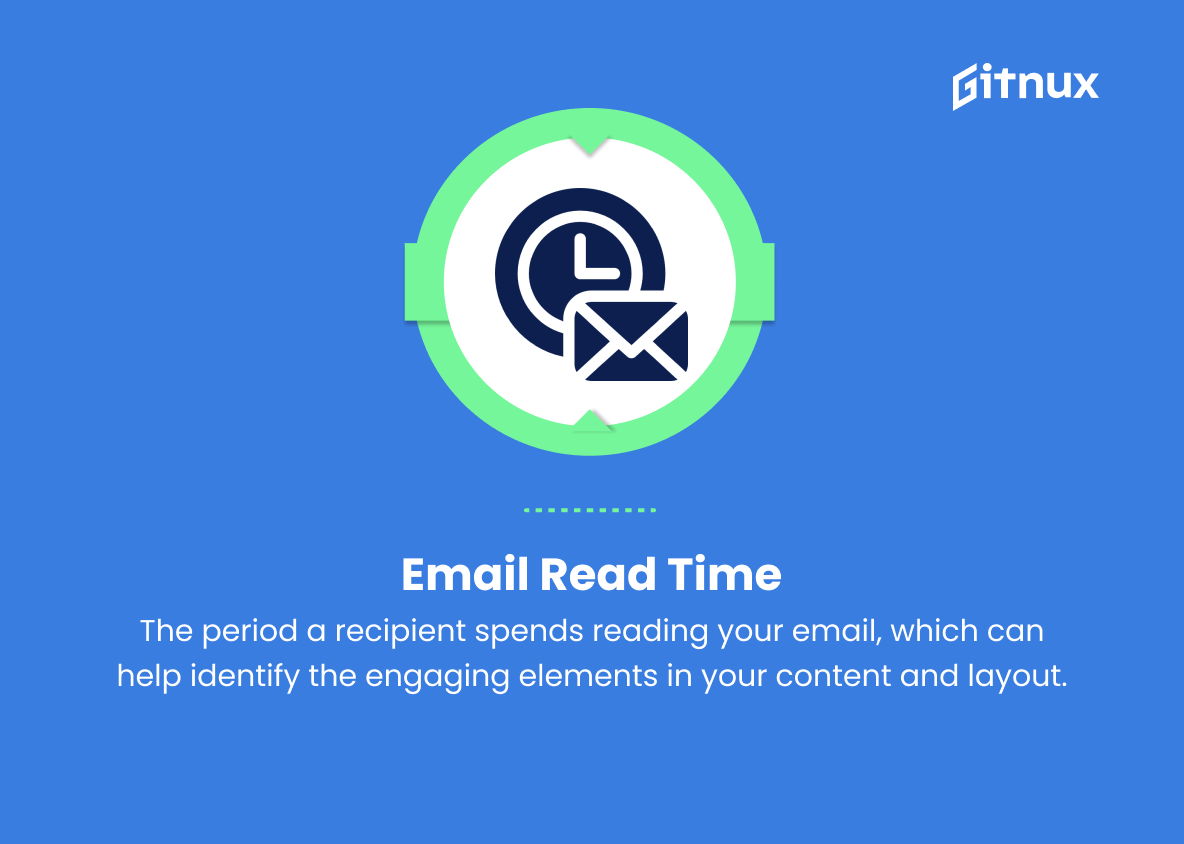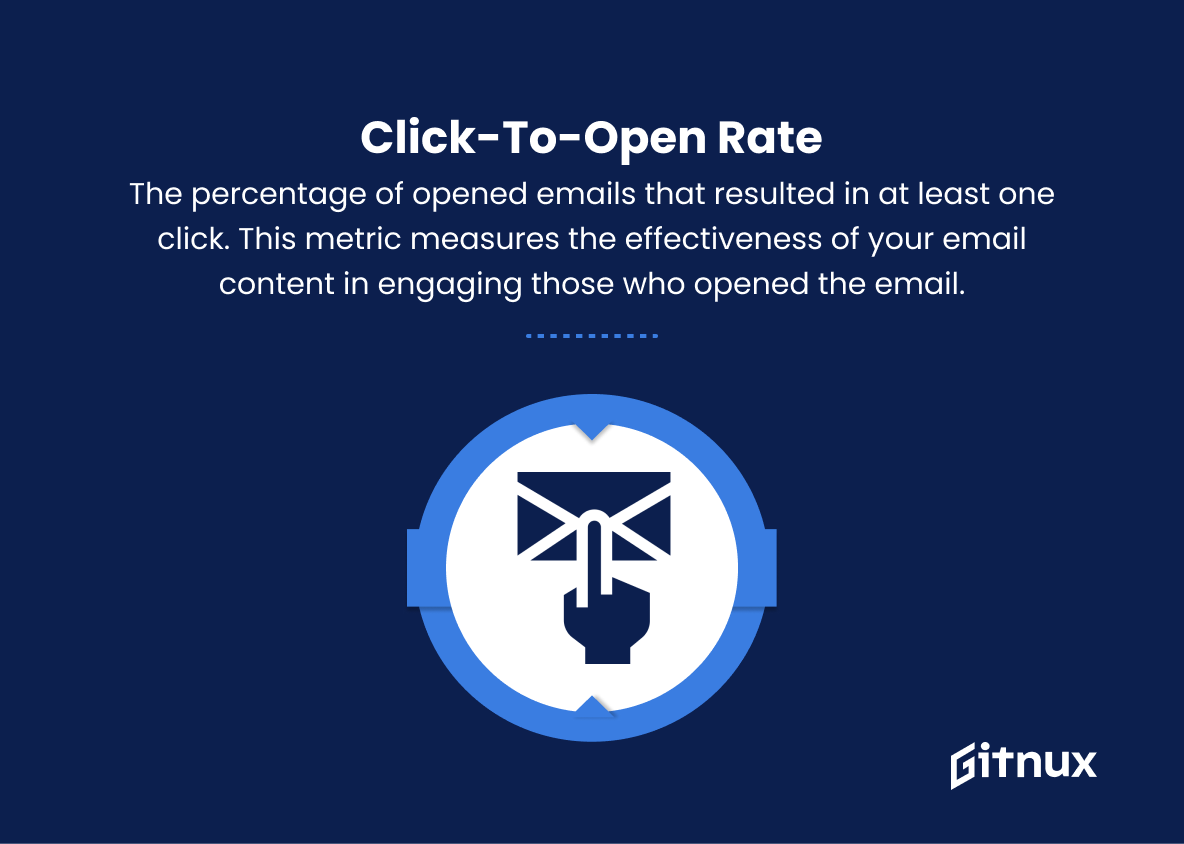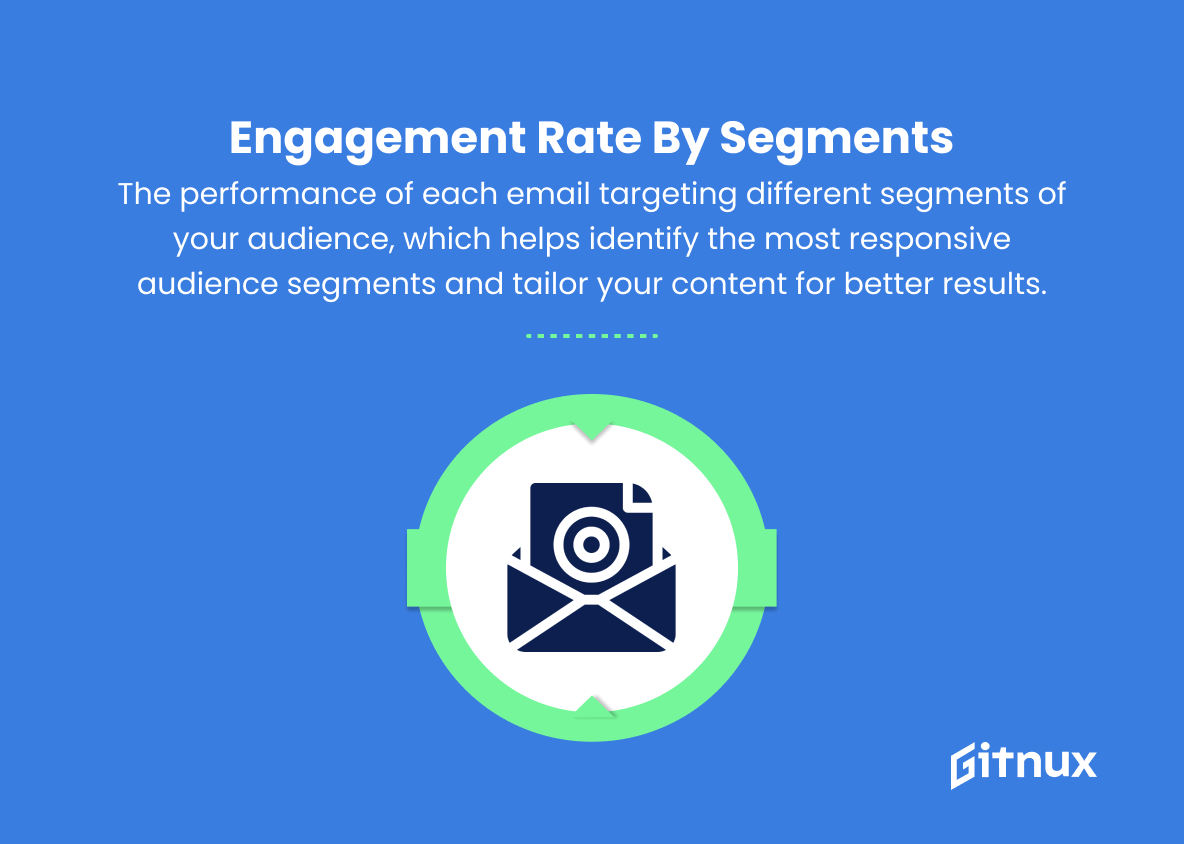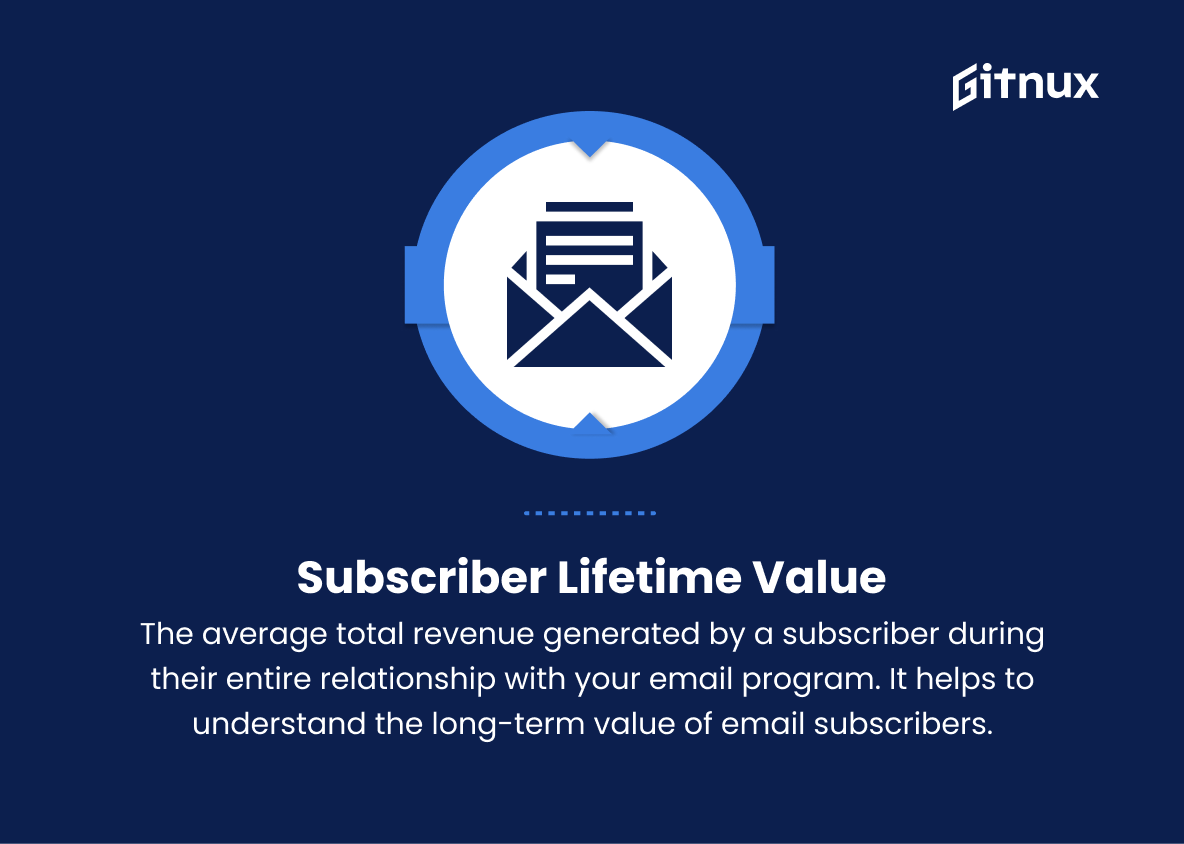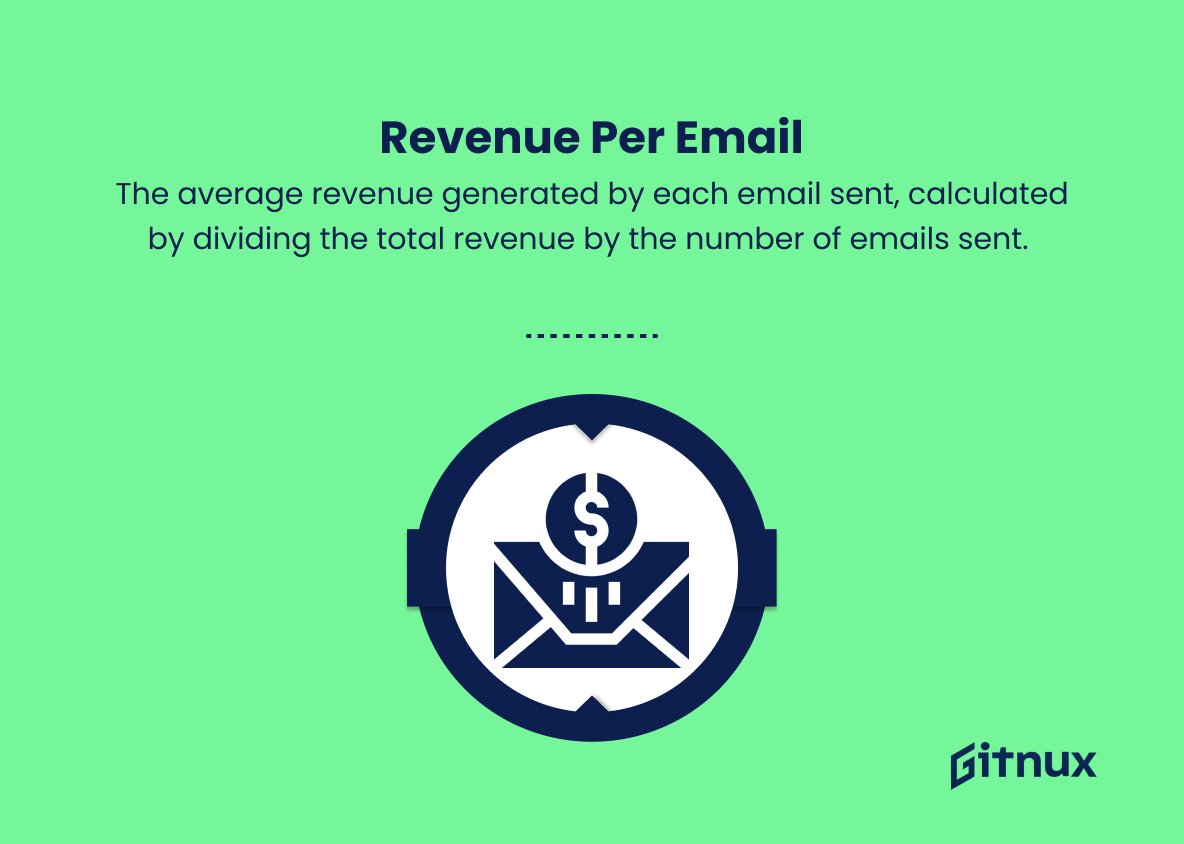In today’s digitally-driven world, the success of any email marketing campaign hinges on more than just crafting compelling content or designing eye-catching visuals. Understanding and analyzing email engagement metrics is crucial for businesses and marketers to gauge the effectiveness of their campaigns, fine-tune strategies, and optimize their overall email performance.
In this blog post, we will delve into the world of email engagement metrics, discussing their importance, the key indicators every marketer should be aware of, and how to take action on this invaluable data to craft successful campaigns that drive results and foster loyal customer relationships. So, let’s dive in and unravel the critical aspects of email engagement metrics that will ultimately empower your marketing efforts.
Email Engagement Metrics You Should Know
1. Open Rate
The percentage of recipients who opened the email. This signifies the effectiveness of your email subject lines and preheader text.
2. Click-Through Rate (CTR)
The percentage of recipients who clicked on one or more links within the email. CTR helps measure the relevance and effectiveness of email content.
3. Conversion Rate
The percentage of recipients who completed a specific action, such as making a purchase or signing up for an event. This measures the success of your email campaigns in driving conversions.
4. Bounce Rate
The percentage of emails that were undeliverable and returned to the sender. This can include hard bounces (permanent delivery issues) and soft bounces (temporary issues). A high bounce rate indicates problems with your email list quality or deliverability.
5. Unsubscribe Rate
The percentage of recipients who opted-out of receiving future emails. This metric shows the level of satisfaction or dissatisfaction with your email content and frequency.
6. Forward/Share Rate
The percentage of recipients who shared your email with others or forwarded it to new contacts. This metric indicates the quality of your content and its ability to engage readers.
7. List Growth Rate
The rate at which your email list is growing, calculated by subtracting unsubscribes from new subscribers, divided by the total list size. A healthy list growth rate shows successful acquisition efforts.
8. Spam Complaint Rate
The percentage of recipients who marked your email as spam. A high spam complaint rate can negatively impact your sender reputation and deliverability.
9. Email Read Time
The period a recipient spends reading your email, which can help identify the engaging elements in your content and layout.
10. Click-to-Open Rate (CTOR)
The percentage of opened emails that resulted in at least one click. This metric measures the effectiveness of your email content in engaging those who opened the email.
11. Device/Send Time Metrics
The breakdown of email opens and clicks by device type (desktop/mobile) and send time. This data can help optimize email designs for different screen sizes and find the best times to send emails.
12. Engagement Rate by Segments
The performance of each email targeting different segments of your audience, which helps identify the most responsive audience segments and tailor your content for better results.
13. Subscriber Lifetime Value
The average total revenue generated by a subscriber during their entire relationship with your email program. It helps to understand the long-term value of email subscribers for your business.
14. Revenue per Email (RPE)
The average revenue generated by each email sent, calculated by dividing the total revenue by the number of emails sent. RPE helps measure the return on investment (ROI) of your email campaigns.
Email Engagement Metrics Explained
Email engagement metrics play a crucial role in measuring the success and effectiveness of email marketing campaigns. Metrics such as open rate, click-through rate (CTR), and conversion rate help gauge the impact of subject lines, content, and campaign objectives. Bounce rate, unsubscribe rate, and spam complaint rate help in evaluating list quality, recipient satisfaction, and sender reputation. Metrics like forward/share rate, list growth rate, and click-to-open rate (CTOR) demonstrate the engagement and reach capabilities of emails.
Additionally, understanding device and send time metrics allows for better campaign optimization, while measuring engagement by audience segments ensures tailored content for improved results. Ultimately, assessing subscriber lifetime value and revenue per email (RPE) provides insights into the long-term benefits and return on investment (ROI) of email marketing efforts.
Conclusion
In conclusion, email engagement metrics play a crucial role in measuring the overall effectiveness and success of your email marketing campaigns. By tracking critical data points such as open rates, click-through rates, conversion rates, and unsubscribe rates, you can gain valuable insights into your audience’s preferences and adjust your strategies accordingly.
Moreover, monitoring and analyzing these metrics can help drive more meaningful and relevant content, ultimately leading to increased customer engagement, brand loyalty, and ROI. In today’s highly competitive digital landscape, keeping a keen eye on email engagement metrics can provide you with the necessary edge to stand out and make a lasting impact on your target audience.

